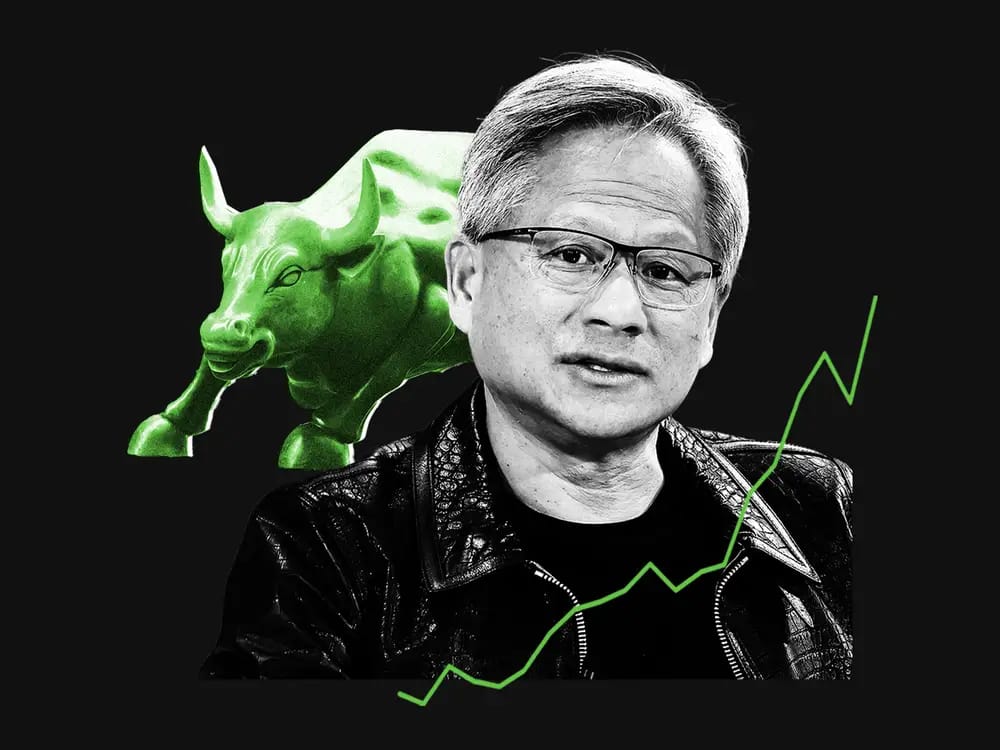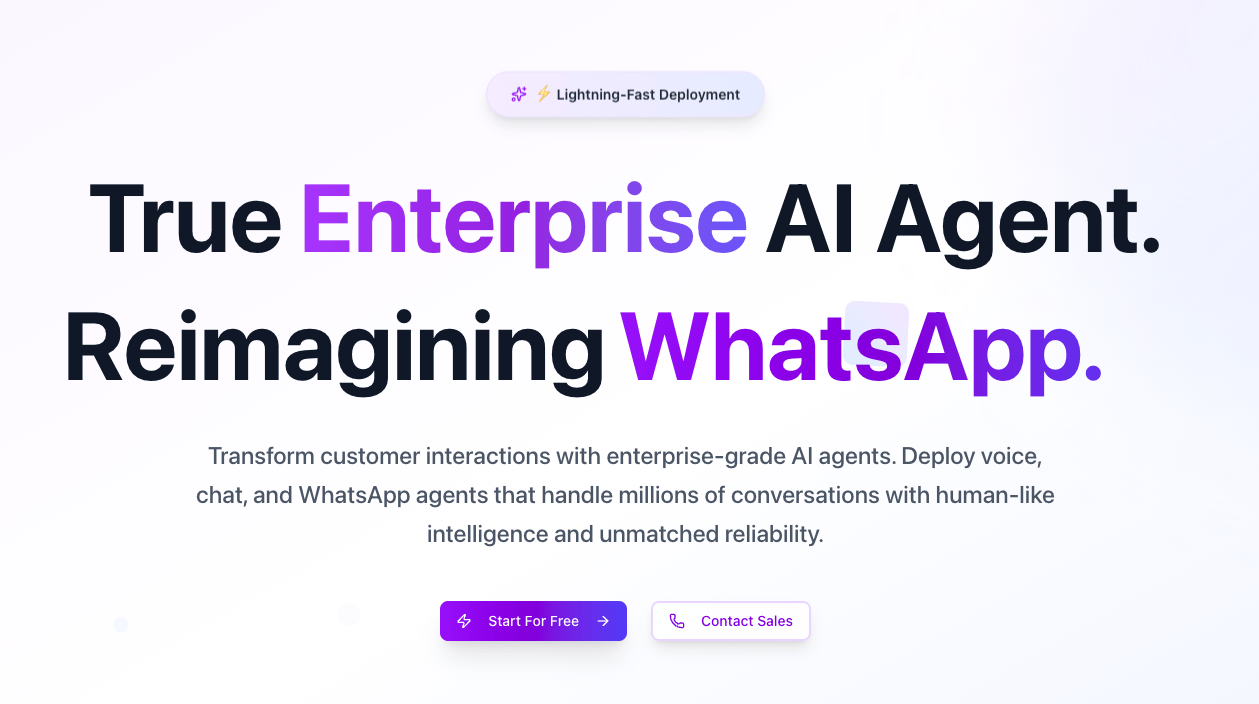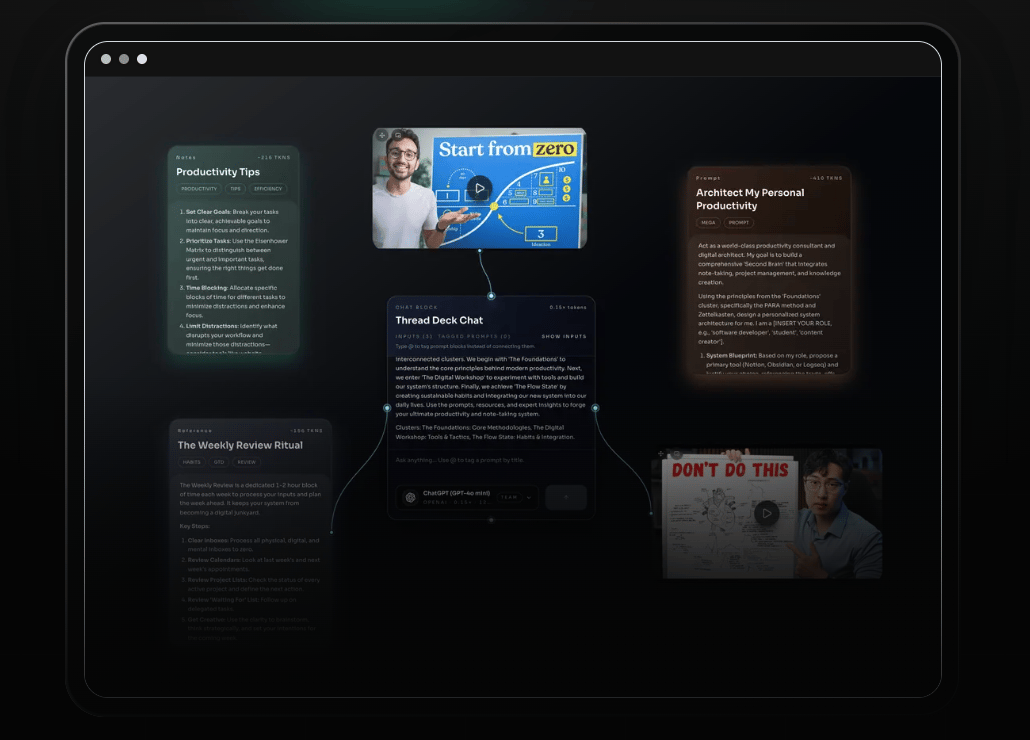- Future Tools
- Posts
- Nvidia: What bubble? 🫧
Nvidia: What bubble? 🫧
Plus: Control your TikTok scroll

Welcome back! The “viral AI pen” that promises instant test answers? Turns out it can’t even cheat properly. When put to the test, the gadget struggled to read text accurately, generated bad answers, and generally performed like a confused flashlight with Wi-Fi. It’s a clear sign of where AI is right now: hype everywhere, reality…let’s call it mixed.


Nvidia Says: No AI Bubble

Via Business Insider | AndreyKrav/iStock, Michael M. Santiago/Getty, Tyler Le/BI
AI bubble? Nvidia says no. As Nvidia reported another massive quarter this week, CEO Jensen Huang pushed back hard on Wall Street’s fear that AI has overheated.
Why Huang thinks AI is just getting started:
Traditional systems—like ad ranking, search, and engineering workflows—are moving from CPU-based computing to GPUs, and Nvidia sits at the center of that migration.
Entirely new applications are emerging (not simply replacing existing workloads, but multiplying them).
Agentic AI is coming fast, and systems that can reason, plan, and operate autonomously will require far more compute than today’s apps.
The broader market signal: Every major cloud (Amazon, Microsoft, Google, Oracle) is scaling GPU orders. Model developers like OpenAI, Anthropic, xAI, and Meta remain among Nvidia’s largest buyers. Even with stock volatility and questions around capex, Nvidia believes the infrastructure boom is the real story, not the risk.
Why it matters: If Nvidia is right, today’s AI spending isn’t a bubble. And the company wants investors to focus on what’s happening underneath the hype: the shift from old hardware to AI-native architecture.
TikTok Lets You Dial Up (or Down) the AI
Doomscrolling is about to have options. TikTok is rolling out a setting that lets users control how much AI-generated content shows up in their For You pages—from “less of this” to “give me more.”
How the new control works: The AI-generated content slider lives inside TikTok’s Manage Topics menu, the same place users already customize categories like Sports, Food, or Dance. Now, “AI-generated content” is treated as its own adjustable topic, and users can choose how often (or how rarely) they want to see AI-made videos.
How it differs from TikTok’s rivals: While Meta’s Vibes and OpenAI’s Sora are leaning into AI-only feeds, TikTok is moving in the opposite direction: letting people opt in (or out) of the AI flood. It’s also rolling out invisible watermarking to detect and label AI-generated videos, even if metadata gets stripped when content is re-uploaded.
The bigger picture: Creators are already using generative tools to churn out hyper-realistic visuals that blur the line between human-made and synthetic. TikTok’s move acknowledges the growing backlash and gives users agency over how much AI they want in their digital diet.
Europe Hits Pause on Its Own AI Rules
Regulation fatigue is setting in. The EU is proposing major rollbacks to its landmark privacy and AI laws, softening key parts of the GDPR and delaying enforcement of the AI Act as pressure mounts from Big Tech, the US, and Europe’s own sluggish economy.
What’s changing:
Looser data sharing: Companies would be allowed to share anonymized and pseudonymized personal data more freely, including for AI training, as long as core GDPR rules are met.
Delayed AI Act enforcement: High-risk AI system rules will only apply after supporting standards and tooling are finalized, pushing compliance back months or even years.
Simplified user experience and oversight: Non-risk cookies won’t trigger pop-ups, cybersecurity reporting will be centralized, and the EU’s AI Office will take on a stronger coordinating role.
Why it matters: Europe spent a decade defining itself as the global leader in tech regulation—now it’s retreating. The recalibration highlights a tough balance: protecting users while ensuring Europe doesn’t fall further behind the US and China on AI innovation. The political battle ahead will determine whether the continent can maintain its standards and stay competitive.



This AI answers your calls

Via Kipps AI
Kipps AI is an enterprise platform for building LLM-powered voice, chat, and WhatsApp agents that automate customer support, lead qualification, and call management.
How you can use it:
Automate customer service flows with voice agents that sound human, not robotic
Qualify leads with consistent, high-accuracy intake across voice and messaging
Connect analytics across CRM, call logs, and agent transcripts
Pricing: free and paid plans available

Your AI-first workspace

Via Thread Deck
Thread Deck is a canvas-first environment where notes, briefs, and AI outputs stay visually connected. You can bring LLMs directly onto the canvas to run prompts, iterate, and compare model outputs side-by-side.
How you can use it:
Compare ChatGPT, Claude, Gemini, and others with “receipts” showing cost, model, and performance
Pin reusable prompts and personas so teams stay aligned
Share canvases that keep context intact instead of scattering files around
Pricing: free and paid plans available


Jobs, announcements, and big ideas
Midjourney rolls out customizable user profiles and offers rewards for early adopters.
Good marketing isn’t luck—it’s strategy. Masters in Marketing gives you the tools, insights, and inspiration to be even better at what you do. Subscribe today.*
CraftStory unveils a new AI video model that claims to outperform Sora and Veo.
Perplexity debuts an upgraded AI shopping experience ahead of Black Friday.
Adobe moves to acquire Semrush in a bid to unify marketing and search insights.
A new Trump administration executive order aims to block states from enforcing their own AI regulations.
OpenAI expands its external testing program to strengthen AI safety oversight.
*This is sponsored advertising content.


Did Google just leapfrog everyone again? Nano Banana Pro might be the proof.

That’s a wrap! See you next week.
—Matt (FutureTools.io)